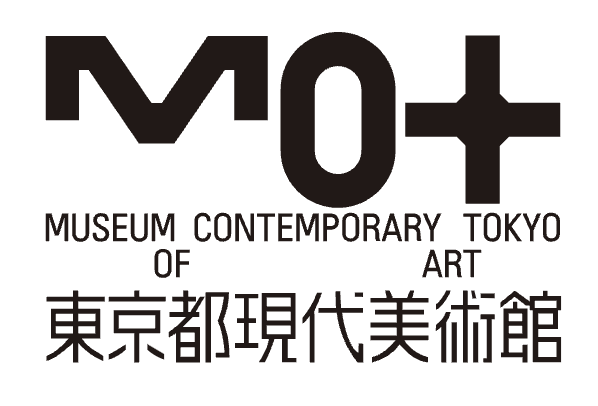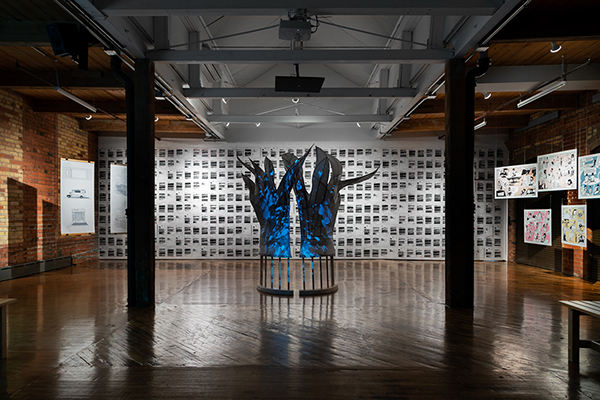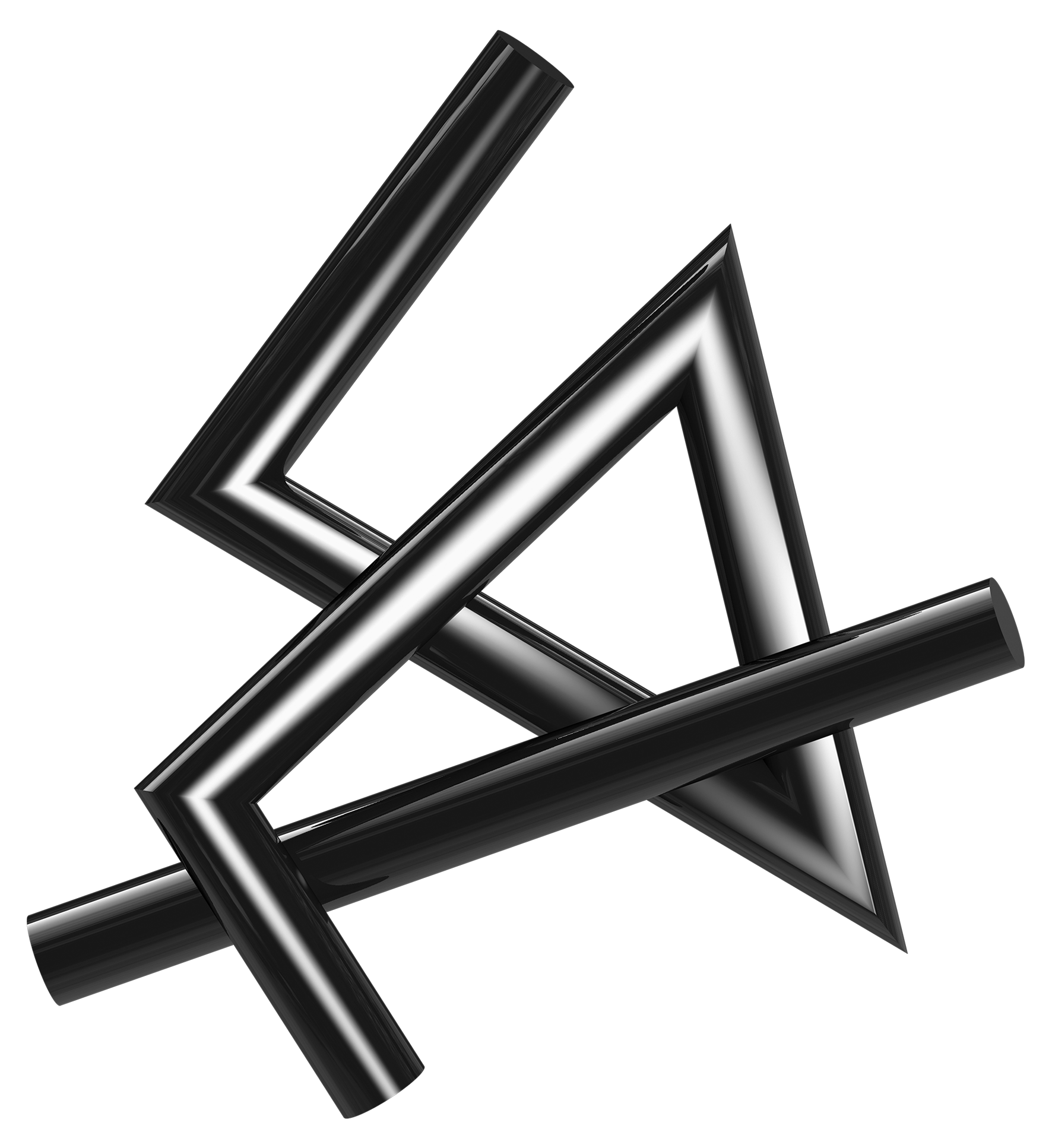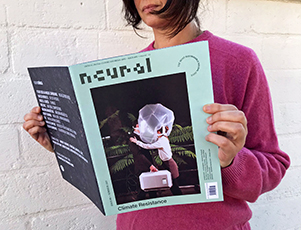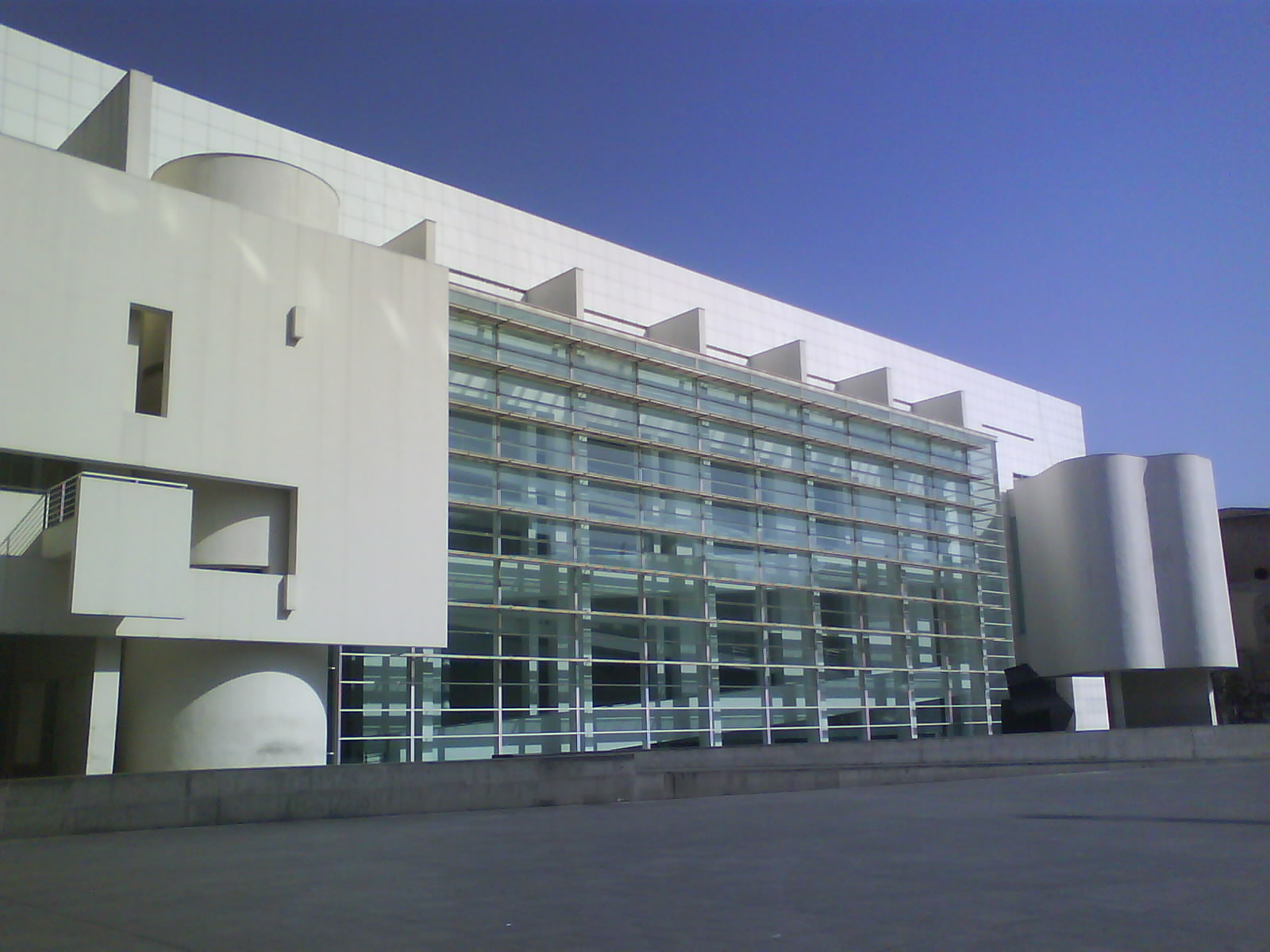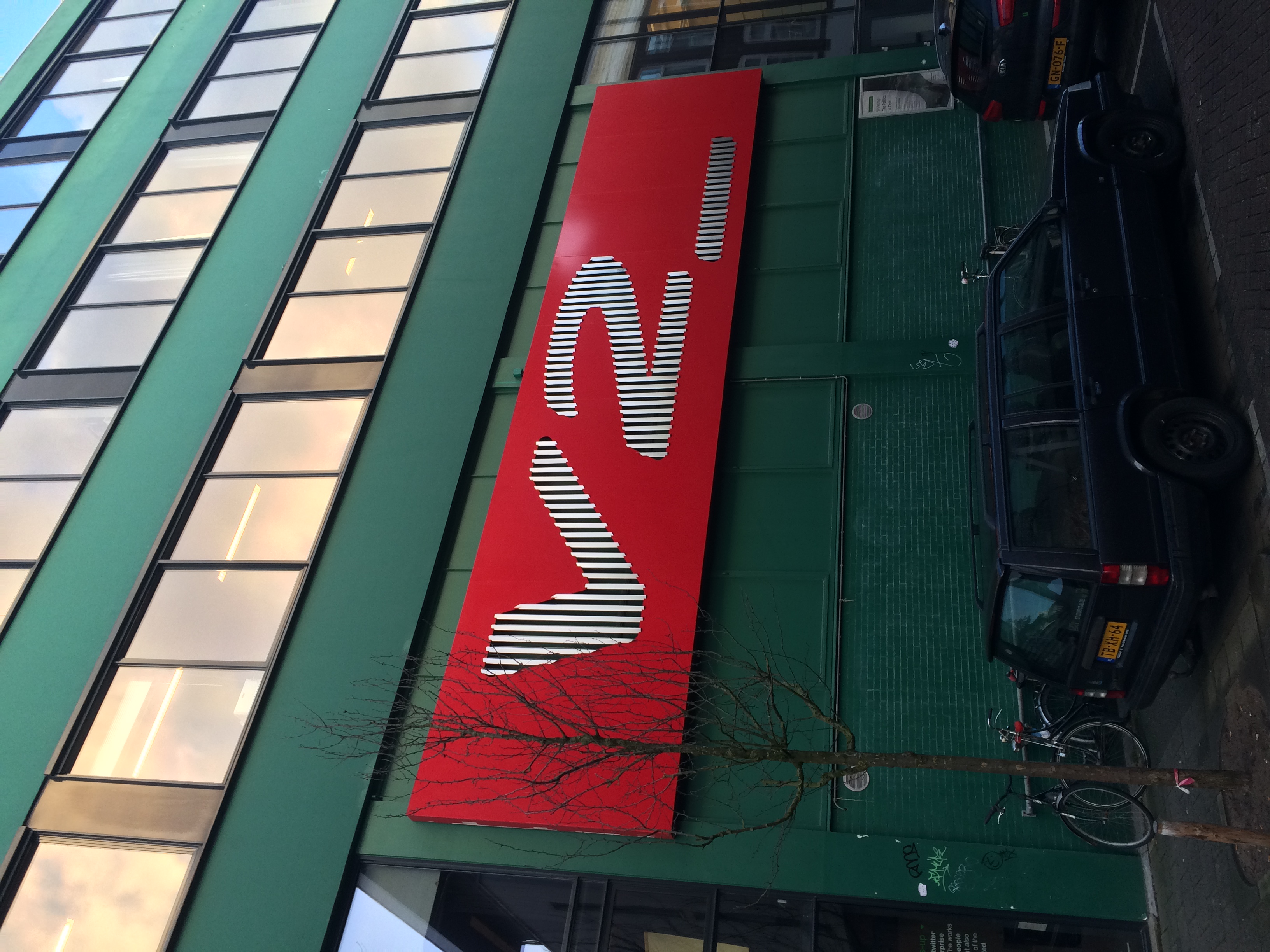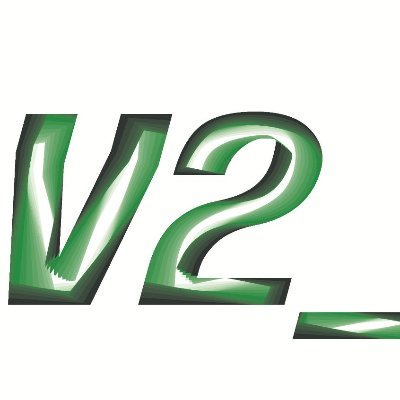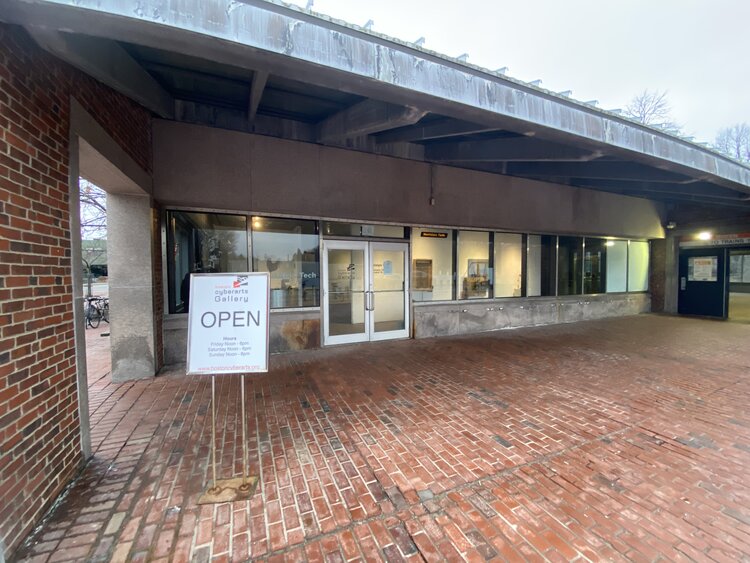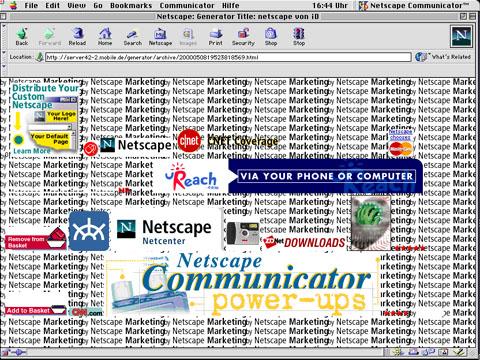With a collection of over 5,500 works of art and 270,000 book materials, the Museum of Contemporary Art Tokyo today conducts various projects to grasp the current state of art by actively addressing the latest creative endeavors, both at home and abroad, within a variety of fields. It attempts to meet the needs of wide range of visitors, its various departments collaborating in such areas as the collection of works/reference materials, the presentation of permanent/ temporary exhibitions, education and the maintenance of a comprehensive art library, working in the pursuit and promotion of art that is appropriate to the diversified values of the current age. [1]
Founded in 1971, Trinity Square Video is one of Canada’s first artist-run centres and its oldest media arts centre. We are a not-for-profit, charitable organization.[1]
For 50 years, Trinity Square has been a champion of media arts practices. Our activities are guided by a goal to increase our members’ and audiences’ understanding and imagination of what media arts practices can be. Trinity Square strives to create supportive environments, encouraging artistic and curatorial experimentation that challenge medium specificity through education, production and presentation supports.[1]
As video-based practices have become increasingly present across disciplines, Trinity Square engages artists and curators in critical investigations into the changing conditions of perception, materiality and the virtual. We consider all of our artistic activities and structures through a process of critical self-reflection, continuously evaluating the ethical positioning of our programming, jury structures, inter-organizational relationships, et cetera. In addition to holding aesthetic worth in its own right, our artistic programming extends our education and production activities in order to generate new knowledges.[1]
Trinity Square’s programming is guided by three priorities: 1) promoting an expanded definition of media arts; 2) promoting the meaningful engagement of diverse voices in all levels of our operations; and 3) supporting and nurturing the production of new works by artists and curators. Our membership represents the diversity of the city and honours the original mandate of the organization—seeking to reduce barriers to access related to race, gender, sexual orientation, and socio- economic and physical ability. [1]
Over 20+ years, CTM has been highlighting new strains of pop and fringe cultures that venture through the weird, the challenging, the cathartic, the esoteric, the contagious, and the ecstatic – simultaneously exploring sonic histories, contexts, and political and technological entanglements. Though international in its approach, CTM remains deeply rooted in and committed to Berlin’s DIY and club scenes, from which it emerged in 1999. [1]
Listening and dancing within the gaps between musics, communities, and scenes, CTM defies easy categorisation and tests the current possibilities and limits of sound and music. Programming supports a multitude of voices, backgrounds, experiences, and perspectives – CTM is for all forms of music as long as they dare to experiment, question, and demonstrate conviction. Our work reaches out to all corners of the globe to explore and explode wildly different, experimental, mutating global scenes. [1]
CTM is an independent, non-profit initiative built, from the very start, on constant collaboration. We work closely with artists, guest curators, and researchers to support them in realising new projects and to produce and transmit new knowledge across performances, exhibitions, talks and artistic labs, writing, and more. Through a multi-perspective approach, we aim to respond to the diversity of an increasingly polycentric, polychromatic, and hybrid (music) world, always with empathy, openness, and a desire to counter global asymmetries. [1]
Because of CTM’s mutually collaborative nature, activities highlight a large and ever-expanding range of practices in and around sound. Through yearly themes, the festival experiments with formats, locations, technologies, and ways of listening, creating multiple entry points from which to engage with sound and their contexts. [1]
Music is not a parallel world, but rather a seismograph of our current societies, a powerful force with which to cope with uncertainty and change, and a medium through which to imagine different futures. [1]
Neural is a printed magazine established in 1993 dealing with new media art, electronic music and hacktivism. It was founded by Alessandro Ludovico and Minus Habens Records label owner Ivan Iusco in Bari (Italy). In its first issue (distributed in November 1993) there was the only translation in Italian of the William Gibson’s Agrippa (a book of the dead) book.[1]
The first topics covered were: cyberpunk (both as a literally and political movement), electronic music, networks and BBS, virtual reality, media, science fiction and UFO. The magazine’s mission was to be a magazine of ideas, becoming a node in a larger network of digital culture publishers. The magazine was also committed to give its topics a proper visual frame: focusing on graphic design and how it could have expressed the electronic culture in a sort of printed ‘interface’, exploiting at the same time the “sensorial” possibilities of the printed page. So, for example the page numbering was strictly in binary numbers for 3 years, then decimal figures were added aside. There was a department with stereogram pictures and the centerfold hosted a few optical art artworks. The graphic design included a fixed space in every article for contact and links, being inspired by the Whole Earth Catalog experiments.[1]
Clocktower Productions is a non-profit art institution working in the visual arts, performance, music, and radio. Founded in 1972 in Lower Manhattan by MoMA PS1 Founder Alanna Heiss, Clocktower is the oldest alternative art project in New York, and its radio station, Clocktower Radio, was founded in 2003 as one of the first all-art online museum radio stations in the world. The institution functions as a laboratory for experimentation, working closely and collaboratively with artists, musicians, curators, writers and producers to develop, realize and present innovative and challenging work in all media, ranging from installation to performance and from experimental music to radio theater. By engaging both the physical resources of its partner organizations and Clocktower Radio’s access to a broad and international online audience, Clocktower disseminates experimental work to numerous communities, and promotes a rich cultural and social dialogue between artists, audiences, and institutions worldwide.[1]
Clocktower produces multidisciplinary art projects all over the city through creative collaborations with Pioneer Works in Red Hook, Knockdown Center in Queens, and Times Square Arts, Red Bull Studios, and Jones Day in Manhattan. These spaces host Clocktower exhibitions, performances, residencies, radio, and administrative activities. While Clocktower examines opportunities for a permanent long-term home, administrative offices are located in the Jones Day office building on East 41st Street, with a satellite studio for full-time radio production and broadcast at Pioneer Works, in Red Hook.[1]
The MACBA is an institution that combines the responsibility of looking back at the recent past (in art) and a role in building the future. It works through art and all while rejecting a single hegemonic narrative. [1]
The permanent collection of around 5,000 works (up from 1,100 works at the time of the museum's opening in 1995) dates from the mid-20th century onward. There are three periods of modern art represented: the first one covers the forties to the sixties; the second spans the sixties and seventies; the third period is contemporary. The collections focus on post-1945 Catalan and Spanish art, although some International artists are also represented. [2]
V2, Lab for the Unstable Media is an interdisciplinary center for art and media technology in Rotterdam (the Netherlands). V2 presents, produces, archives and publishes research at the interface of art, technology and society. Founded in 1981, V2 offers a platform for artists, designers, scientists, researchers, theorists, and developers of software and hardware from various disciplines to discuss their work and share their findings. In V2's view, art and design play an essential role in the social embedding of technological developments. V2 creates a context in which issues regarding the social impact of technology are explored through critical dialogue, artistic reflection and practice-oriented research.[1]
V2 organizes public programs ranging from exhibitions to workshops, presentations, and community events. These V2events showcase the most exciting developments in the field of art and technology, present V2's research and development, and function as a platform for debate. V2's events offer artists opportunities to present new work to our audience and to exchange ideas with other artists, researchers and technicians. Besides events that take place at V2's venue in Rotterdam, V2 also organizes events at parter institutes and participates in international festivals and symposiums.[2]
V2 has published a number of books on interactive art and related subjects like sociology, media theory, biology, and technological innovation.[3]
I/O/D represents the coming together of Matthew Fuller, Colin Green, and Simon Pope. The group began their Web activism in 1994, with multimedia presentations via floppy disk. Their work became infamous for engulfing a computer, reducing it to a frustrating series of seemingly random generated dialogue boxes that would often crash the system. Soon after, I/O/D made the Web its target with The Web Stalker. A new type of browser, The Web Stalker offered a completely different interface for moving through pages on the World Wide Web. The user opens a URL, then watches as the "Stalker" blows open the structure and source code for that Web site, stripping the site of all content and design, and leaving only a two-dimensional mnemonic showing a skeletal map of how the Web is linked together. [1]
I/O/D 4: The Web Stalker was a new kind of web browser that decomposed websites into separate sets of entities. The texts of the site were treated as the primary resource, but were stripped of most of their formatting. Links from one file to another were mapped in a network diagram, which allowed users to visualize their path through the clusters, skeins, and aporias of files. This Map built dynamically as a Crawler function gradually moved through the network. We saw the logical structure of websites, established by the links in and between them, as another key resource, and we wanted the software to act in a modular manner, with users calling up functions, each with their own separate window, only when they needed them. [2]
Cornelia Sollfrank is an artist who pioneered Net Art and Cyberfeminism in the 1990s.
In 1997 Sollfrank hacked the "world's first" net art competition, Extension, organized by the Hamburg Art Museum in Germany. Her work titled Female Extension involved the creation of 289 computer-generated websites created by combing the Internet and combining fragments of HTML into exquisite corpse-like websites. Each website was submitted under the name of a different artificial female artist. No women were awarded prizes, but press releases distributed by Sollfrank received widespread attention for her intervention, overshadowing the gallery's own awards.
Cornelia Sollfrank founded the organization Old Boys Network. In 1997, it organized the Cyberfeminist International at documenta x in Kassel, Germany. Old Boys Network published First Cyberfeminist International in 1998 followed by next Cyberfeminist International in 1999. Closely associated with Cyberfeminism, Sollfrank has expressed reservations that it limits the perception of her work as "womens issues". [1]
